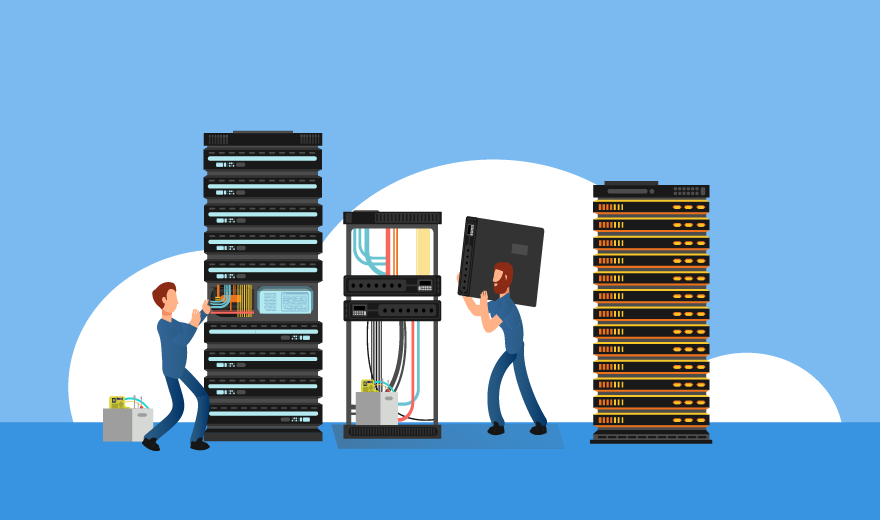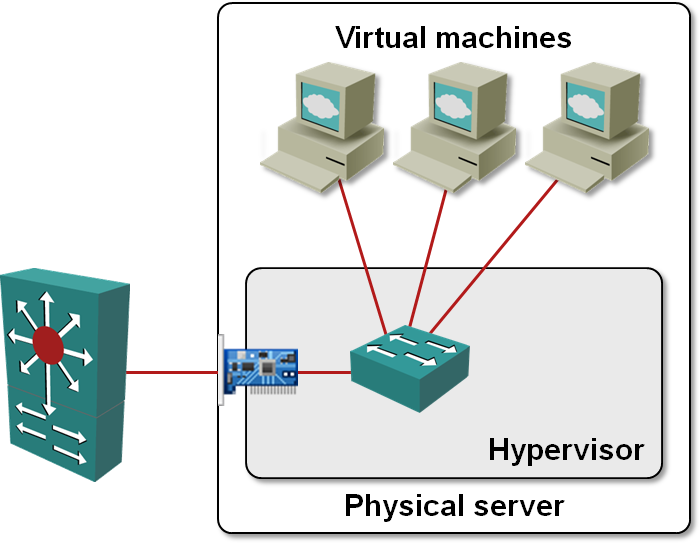

Each VM will be allocated dedicated resources to boost the efficiency and protection of the connection.
Server vdi full#
With VDI, users can run a full desktop operating system on a dedicated virtual machine (VM) hosted on a physical server. They can reach their virtual machine from anywhere on the network. Simply put, VDI is a combination of hardware, software, and network configuration that allows virtual desktops and virtual servers to be distributed to end-users.
Server vdi software#
This model ensures that all users have access to the very same software that the administrator has provided. VDI is a variation of a desktop virtualization client-server model that offers remote access to a virtual desktop on a centralized server. Virtual Desktop Infrastructure (VDI) is a standard method for desktop virtualization. As a result, IT divisions have more unified control over software and desktops and can optimize the investments in IT hardware by remote access to shared computing resources. This client computer may be a laptop, a “thin client” computer, or a smartphone. This model helps users to run operating systems and programs from a server inside a datacenter while all user interactions take place on a client computer. It is mostly used in a client/server computing environment. “Remote desktop virtualization” is another application of virtualization. Since this requires local processing, you cannot use local desktop virtualization to share resources across the network to low-performance computers or mobile devices. This method of desktop virtualization works best when users do not need a constant network connection and can satisfy the needs of device computing with local machine resources. All processing and workloads are running on local hardware. In “Local desktop virtualization,” the operating system is running on a network computer using hardware virtualization. A remote desktop is much the same as a virtual desktop and is often used interchangeably as such.ĭesktop virtualization can be accomplished in several ways, but the two most prominent methods of desktop virtualization are focused on whether an instance of an operating system is local or remote. A virtual machine could be a virtual desktop or a virtual server. This way, several virtual machines can be hosted on a single physical server. Virtual computers and servers are all hosted on the same computer hardware, but each have their own operating system (OS) and software installed to do their intended work or function. These are all physical machines used for one or more purposes.ĭesktop virtualization is a core feature of digital workspaces that relies on the virtualization of applications. A physical computer is used for all users to send and receive emails, create reports, spreadsheets, etc.īusinesses may also have central physical servers that would host their company file system, email exchange, and backup services. Traditionally, individuals and companies purchase physical machines (desktop towers, servers, or laptops) to do their jobs. This separates the desktop environment and its software from the physical client interface used for accessing it. What Is the Difference between VDI and RDS?įinal Words What is Desktop Virtualizationĭesktop virtualization enables users to replicate a load of workstations to navigate a desktop from a connected computer, locally or remotely.
Server vdi how to#
The distinction between a VDI and an RDS desktop may be minimal for users, but it is incredibly necessary for IT people to determine how to host certain virtual desktops. Microsoft’s Remote Desktop Protocol (RDP) is more than twenty years old, but even frequent users still have a vague grasp of the concept and its implementations.

If users can’t easily navigate their virtual desktops, it doesn’t matter how much it costs to implement and maintain. Moreover, there are concerns about the price and complexity of virtual desktop infrastructure environments, not to mention the network’s actual performance. There are many differences between the two methods. Most of them choose between Remote Desktop Services (RDS) or Virtual Desktop Infrastructure (VDI) services. With current remote access requirements, thousands of companies are looking at ways to allow their employees to operate remotely. They have their differences and similarities, strengths, and limitations.

Remote Desktop Services (RDS) or Virtual Desktop Infrastructure (VDI) are both solutions to achieve desktop virtualization. Desktop virtualization is a top-of-the-line technology capable of providing high performance, high security, and versatility to all companies. VDI and RDS are alternative desktop virtualization and remote desktop technologies. RDS: What Is the Difference between VDI and RDP RDS and Their Advantages


 0 kommentar(er)
0 kommentar(er)
